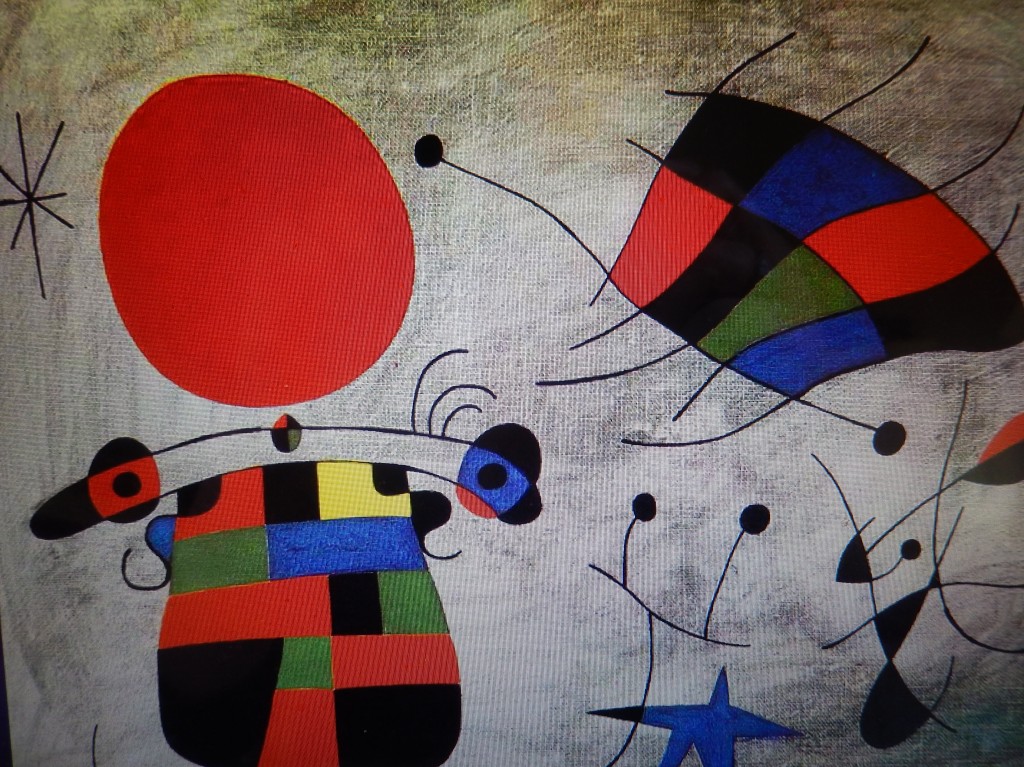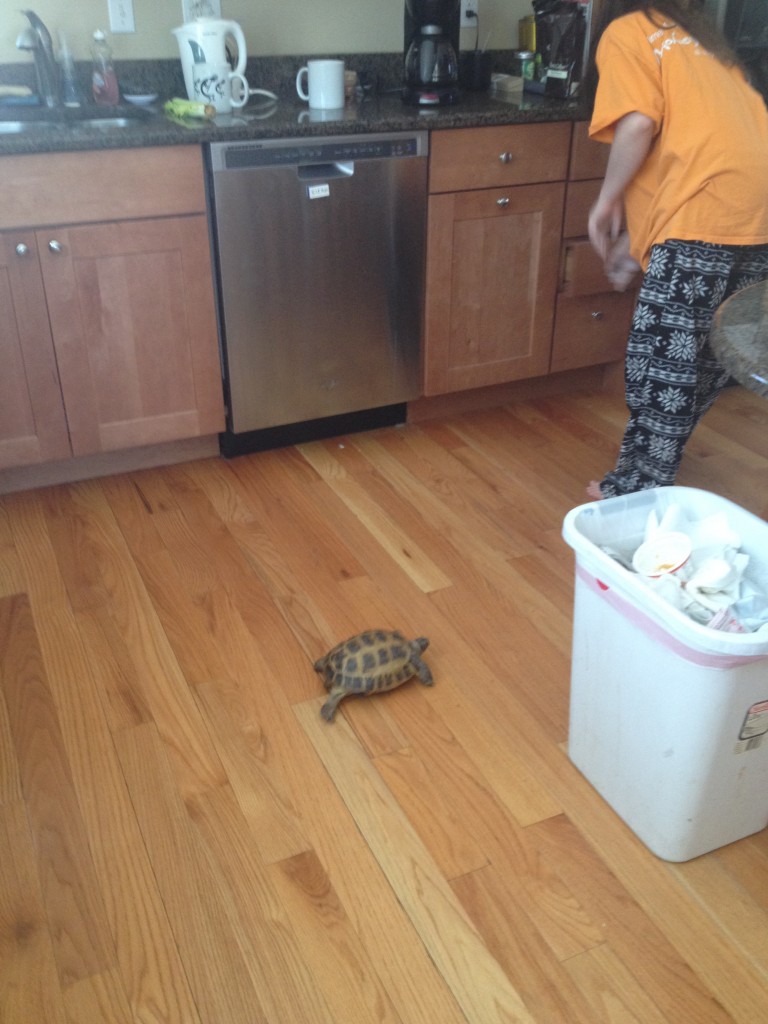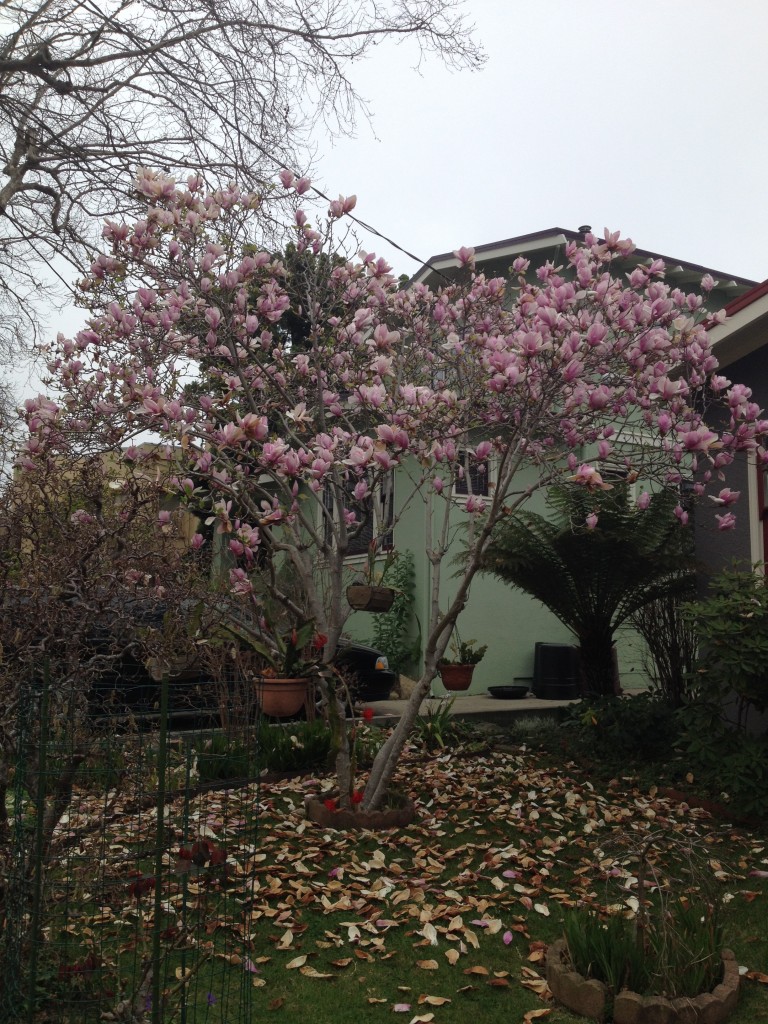6-24–Ah…today a refreshing rain came to Madrid and cooled us off. The last two days have been really hot and even with the air conditioning the house feels barely tolerable. Last night I was sweating in bed as I tried to fall asleep at 2 am. But the rain changed all that. It is much cooler tonight and the air blowing through windows of our fifth floor bedrooms feels magical.
When we came to Madrid four years ago we arrived on July 8, at the beginning of the hottest time of the year. It can get up to 100 degrees regularly in July and August and it is just about impossible to do anything in the middle of the day. We didn’t really understand this at first and packed our day full of activities. There was so much to see–the parks, the churches, the Royal Palace, the museums. Many of those first afternoons I remember just about dying from heat exhaustion as we walked through Parque Retiro or along the long boulevards of the Grand Via. After every block we would stop and rest and take a swig from our huge 2-liter bottle of water. We hadn’t learned yet the necessity of the siesta. Locals on vacation here get out for a few hours in the morning, rest or have lunch from 1 to 5 and then slowly make their way out for later afternoon/evening activities. Besides avoiding the heat, the siesta allows you to stay up later and take advantage of the long warm nights (the sun doesn’t set until 10:00). In fact the city really comes alive at night. Everyone is out taking a paseo or watching others take one.
One thing we did understand about the weather four years ago was the necessity to take some breaks and get out of town. We knew being in 100-degree weather week after week would be difficult, so we did what a lot of locals do, go to the coast. In our case that was the northern coast, Santander. This is where our exchange family owns a vacation home and where they escape from Madrid heat each summer. The temperatures here are much cooler, but still warm enough to swim and play at the beach. This time around, we will also go to Santander for a few days and then up to San Sebastian in the Basque Country.
Today’s highlight of the day was going downtown for churros. We do have churros in the States but they don’t resemble the ones here at all. The churros here, especially those from one of the well-known churrerias, are made to order, and are just the right balance of crispiness on the outside and tenderness on the inside. They are served with extra thick warm chocolate for dipping. After getting our fill of churros, we walked through Plaza Mayor, a beautiful old plaza in the center of town, and then sat down for a jarra of beer and some people watching. Afterwards I attempted to buy some new alpargatas, or espadrilles, at a famous shoe store next to the plaza, but it was swarmed with a tourist group. It’s amazing how much English you hear at this time of year in central Madrid. In contrast, you hear no English in the neighborhood where our exchange family lives.
Since arriving we’ve satisfied many of our Spanish antejos (cravings). Besides churros, we’ve had Aquarius (a fizzy lemon drink) and Kinderbuenos (chocolate bars). Still on the list are Chupachus (Spanish suckers) and Cola Cao (hot cocoa). We also look forward to going to our neighbhorhood bakery and ordering some pepitos (cream-filled pastries). It’s amazing how many things you find to enjoy when visiting a new place.
During our year abroad we also had many antejos for American treats we couldn’t find here. The top of the list was probably chocolate chip cookies. After that was American cereals (stores here only carry three or four varieties), good Chinese food and good Mexican food. Early on we found The American Store, located in a swanky part of town, which sells high-priced American products. We made several trips during the year and delighted our friends with homemade chocolate chip cookies to celebrate the kids’ birthdays and pumpkin pie for Thanksgiving.
Last night friends Eduardo and Elisa came to dinner at our house and we made them a typical American meal–burritos with all the fixings (I had brought the tortillas and salsa in my suitcase). I think they liked them. We met Eduardo and Elisa because they know our house exchange family and like our exchange family, they also spent a year in Berkeley. (Eduardo is a professor here and taught at UC Berkeley in 2009.) When we arrived in Madrid in 2010, Eduardo took it upon himself to be our personal guide and showed us many things. He even ended up fixing a few things in our house. They are a family with a big heart. One of our favorite memories together is going to see a performance of Mama Mia–all the same tunes, but with Spanish words. After the show was over, we wandered down a side street and happened to pass by the stage door. We saw a group of people huddled around the sidewalk and realized that the performers were leaving. In the confusion of the crowd, several older women rushed at Peter and asked for his autograph and picture! They thought he had been in the show! He was quite flattered; he happens to be an ABBA fanatic.
Tomorrow we are off to Santander and the northern coast. We will pack up our home exchange family’s SVU with our stuff, including our three bags of camping supplies. We’ll stay in their home in Santander and then camp for several days further north. We look forward to that. You feel like a full-fledged European when you are camping here–there are very few Americans at the camp sites. And it’s a very social activity. The camp sites are like KOA campsites back home–outfitted with pools, stores and restaurants so there are many chances to observe and interact with others. Before leaving on this trip I reread a journal I kept when we camped here 20 years ago and I laughed at my observations of the other campers, the Dutch, the Germans, the Spanish. I’m sure this experience will be just as entertaining. I just hope my older body can endure sleeping on the ground.



